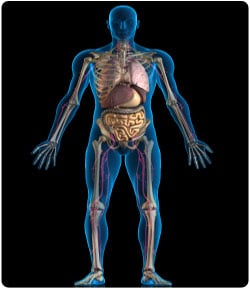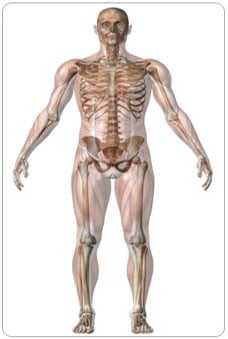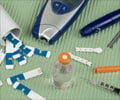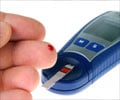How to Use/Basic Features
"Self-esteem is as important to our well-being as legs are to a table. It is essential for physical and mental health and for happiness." - Louise Hart
The basic features of a typical
It is important that artificial limbs or prosthetics be made from lightweight material so the user can control the movement of the limbs comfortably. Replacing the heavy iron and steel pylons of early days, artificial limbs began using lightweight pylons made of metals and alloys such as titanium, aluminium and duralumin. Modern artificial limbs have pylons manufactured from carbon fiber composites usually covered with foam that can be dyed to suit the user’s skin shade for a natural appearance.
The portion of the artificial limb that accommodates the patient’s limb stump is known as the socket. Polypropylene is generally preferred for making the socket and is usually lined with a soft material to make the socket rest more comfortably. Insufficient padding can irritate the skin at the place of contact, hence some users prefer using prosthetic socks made of cotton or soft synthetic materials to help the socket fit better.
Suspension system involves the use of harnesses, belts and straps to connect the artificial limb to the person’s stump. Some artificial limbs can connect to the patient's stump by means of suction.
Artificial limbs need a control system to facilitate movement. For example the upper arm can be controlled through:
- Body power - controlled through a ‘cable mechanism’
- External power - uses battery energy or myoelectric sensors
- Hybrid power - uses a combination of the above two
Myoelectric artificial limbs developed in the 20th century use the technique of moving artificial limbs with electric signals from the person’s arm muscles. It was successfully tried on adults and now children have begun using myoelectric artificial limbs.
Physical Therapy
After getting an artificial limb, the patient has to become comfortable using the limb in day to day activities. Parallely, the person must be trained by a physiotherapist to do special exercises that will strengthen the muscles moving the artificial limbs. Persons fitted with artificial legs or feet gradually learn to get in and out of bed/ car without help and improve their gait so that they can walk without a limp that reveals their artificial leg.
More than causing a physical disability, an amputation causes the patient to suffer a psychological, economic and social handicap which can be overcome to a certain extent by using artificial limbs. Any successful rehabilitation programme for amputees should follow a regular pattern consisting mainly of pre-amputation counselling, accurate amputation surgery, post amputation care involving psychotherapy, prosthetic fitting and periodic follow up, vocational training if necessary and reintegration into the community for which the community at large has to cooperate wholeheartedly.
A Support group involving other amputees will help those newly fitted with artificial limbs adapt to their situation faster and with greater confidence.











